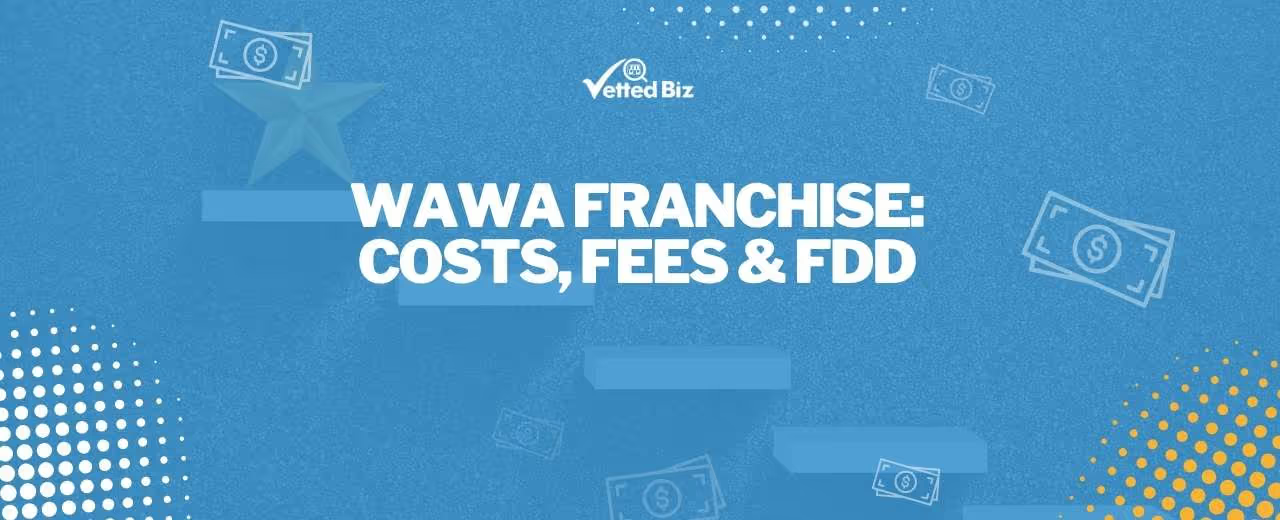HAUTE IN is a PR and marketing agency. The franchise offers public relations and marketing services to small businesses, helping them effectively reach their target audiences.

Key Insights
- HAUTE IN was created to bring much-needed innovation and professional standards to an industry that required modernization, focusing on developing scalable systems and processes that ensure consistent quality while adapting to local market conditions and customer preferences.
- Professional development keeps staff current with industry trends, best practices, and emerging technologies to ensure optimal service delivery and customer satisfaction while maintaining competitive advantages and adapting to changing market conditions and client expectations.
- Generational changes in consumer behavior drive innovation in service delivery and customer engagement methods, requiring businesses to adapt communication and service approaches while maintaining the quality and reliability that build long-term customer relationships.

Franchise Fee and Costs to Open
Exploring the financial picture of HAUTE IN gives insight into both the upfront commitment and the potential revenue opportunity. According to FDD Item 7, opening this franchise typically involves an investment in the range of $66,550 - $113,000, along with a franchise fee of $30,000 - $30,000.
Financial Performance and Revenue
Yearly gross sales of $350,050 and estimated earnings of $52,508 - $70,010 show the potential financial performance of this franchise. These figures are crucial for prospective franchisees as they help to project revenue and profitability. They offer insight into the business's ability to generate income and can be used to compare its performance against other investment opportunities. The Franchise Payback Period of 2.5-4.5 provides an estimation of the time it might take for an owner to recover their initial investment. This metric is a key consideration for anyone evaluating the financial viability of a franchise, as it relates directly to the speed at which the business can become profitable. A shorter payback period can indicate a faster return on capital, which is a significant factor in making an informed decision about a franchise investment.
Training and Resources
HAUTE IN provides comprehensive training for new franchisees. Initial training is a two-week program held at HAUTE IN's corporate headquarters. This program covers operational best practices and brand standards. HAUTE IN offers ongoing support and access to a library of resources to assist franchisees as they build their businesses. The franchisor recommends engaging with these resources for sustained success.
Legal Considerations
Legal considerations for a HAUTE IN franchisee are defined by the Franchise Disclosure Document (FDD) and the Franchise Agreement. This franchise does not disclose lawsuits or bankruptcy information in its FDD, but prospective franchisees should still review all terms thoroughly. Consultation with a qualified attorney is essential before making commitments.
Challenges and Risks
A franchisee might navigate considerations around establishing a unique brand presence amidst existing local service providers. The operational demands of managing a service business, including staff training and client management, require careful attention. Furthermore, securing reliable and consistent access to specialized inventory or materials essential for the service offering presents a potential area for proactive planning.



